Leave it to Nintendo to amalgamate a group of rebel squids, hardware store supplies, and loads of hues to somehow create a frantic, hard-to-put-down, non-violent third-person shooter. From the outset of this weekend’s Global Testfire — a beta for Splatoon 2 segmented into hour-long sessions — the game was nothing but silky smooth and polished.
In the hour that I played, I had a hard time finding much in the way of new features, save for the obvious changes from the original Splatoon. But that didn’t tamper with my enjoyment of the event in any way. Though I’m not typically a fan of online gaming, Splatoon 2 was a splash of fun — and I’d definitely say I am thrilled about what I’ve experienced thus far.
Effortless controls and competitive gameplay
When you first begin the Testfire, you are given a short tutorial session that shows you the ropes of the game. It’s basically four buttons—one to shoot, one to slide around as squid and refill your paint meter, another to use your sub weapon, and a final one to use your Special. If you’re a first-time player to Splatoon, it really isn’t that difficult. And the objective is simple to pick up: splatter more colored paint along the surfaces of the arena than your opponents.
It’s this configuration that is so alluring. There aren’t any complex loadouts, an overabundance of perks knocking you over the head, fancy moves, or obtuse control methods. Once again Nintendo kills it when it comes to having unabashed fun — and though there may be a learning curve to overcome, you actually want to because the play controls are so easy to get behind.
Confession: I haven’t played Splatoon since it released back in 2015, and I had no problem getting into the thick of battle as if I were an expert squid all over again. And I’m sure the outcome will be the same for those who haven’t played the original too. To keep things simple, the Testfire also tailored the experience to only one mode, a handful of weapons (many which make a return from the first entry), and only a couple of maps.
Though eager fans of Splatoon may be a bit disappointed that the Testfire only includes the basic mode described earlier, called Turf Wars, it lends itself well to the overall appeal of the event. It’s a clear-cut, enjoyable experience with no barriers. Also, the hour-long sprints spread out over the weekend make it never feel like a chore, because you have some time away and because Turf Wars is just so damn fun to play.
Paint supplies old and new
Once you get past the tutorial—and in my case, opt to turn off the gyro controls used to aim your weaponry—you can choose from one of four armaments to overwhelm the landscapes with your artistry: the Scattershot, Splat Roller, Splat Charger, and the all-new Splat Dualies. Each of the four is well-balanced with its own strengths and weaknesses — though it’s arguable that the Splat Dualies provide a bit of edge in the way of players having access to speedy, automatic paint fire and the ability to roll a couple times as you shoot.
I tried all four of the weapons in the hour-long session, but found myself enjoying the bare-bones Splattershot weapon most. The Splat Roller, with its shotgun-like bursts, requires you to be within close proximity of your opponents. The Splat Charger requires you to have formidable sniping skills. And the Splat Dualies require a bit of learning to get accustomed to the new mechanics and additional abilities.
Like the original Splatoon, each weapon has two additional ways to assault enemy squids and arenas. The new Curling Bomb sub weapon was especially fun to use, because it travels in a straight line and bounces off walls until finally popping with a burst of paint.
The returning Splat Roller is fun to paint large open areas quickly, and I found it especially satisfying to stop an opposing squid in their tracks. (When opposing colors merge, the wide path drawn by the roller almost always wins.) One interesting thing about the modernized Splat Roller, however, is that it now lets you plop a more vertical area of spill when flung from your character in midair.
As mentioned, the Splat Charger also makes an encore in Splatoon 2 — but because of the charge time and narrow nozzle, I didn’t particularly enjoy the playstyle it demanded when participating in such frantic matches. Perhaps, maps that had more verticality would have made it more reasonable to add the Charger to your arsenal.
Beyond the slight changes Nintendo made to the existing weaponry — none of which I noticed that much, if at all — the only major differences are found in the Sub and Special weapons: Tenta Missles (my favourite Special, and one that is designed to send homing missiles to face paint your foes), Splashdown, Sting Ray, Curling Bomb, and Ink Jet.
The easels to paint
Enough about the weapons; how about the actual areas you get to coat? Well, the Testfire includes two: The Reef and Musselforge Fitness. Both adhere to the theme taken by other Splatoon maps. They have a really upbeat, urban atmosphere with ramps and other park-like structures set in outdoor environments.
Though the maps themselves were varied enough, with Musselforge Fitness having some characteristic rock climbing surfaces, there were many reoccurring features in each. That’s not to say that the somewhat standard colors, walls, inflatable blockades, and ramps dilute the experience. No, Splatoon is all about gaining more ground than your opponents. So it makes perfect sense to have the environments be a little more on the samey side, to let the varied paint colors pop against bland surfaces.
I only bring this up because I had a hard time distinguishing between any grand differences between the new maps in the Testfire and those in the original Splatoon — which is one area where I would have liked to see some real changes.
When it comes down to it, what really makes Splatoon maps interesting are their variabilities in verticality, and gimmicks like uneven obstacles. There didn’t seem to be much of that here. But opting for a more vanilla approach didn’t really take away from the fun I had sliding around corners and avoiding criss-crossing bridges as I took aim at virgin surfaces.
One thing that did make the experience a little less smooth was having to press a button to see how well my team was doing. That’s one thing the Wii U Gamepad was good at doing — in Splatoon, you could quickly peer down at the map in your hands to see how much ground you were or weren’t covering.
Taking paint worldwide
Now that we’ve taken a peek at the gameplay, weapons, and environments in the Splatoon 2 Testfire, it’s time to talk about the more technical aspects of the game. After all, the Splatoon series is shaped by its multiplayer activities, and Nintendo is going to charge us in the future for online play…so it’s definitely worth a mention.
I’m happy to say that it too retained that smooth gameplay I found in the rest of the experience. While playing, I didn’t notice a single hiccup. Matches loaded quickly, there weren’t any timeout issues, I didn’t have to battle with lag, and I was using a wireless connection the whole time. In fact, the only time I noticed a cut-out was when a prompt came up because the beta period had ended!
This is an important consideration when taking into account that not only does Splatoon 2’s success hinge on the capability of the Switch’s online prowess, but that this is one of the first titles to actually use the online features of the new console for multiplayer gameplay. Luckily things went off without a single hitch. Though a very small sample of what potential flops could be had using Nintendo’s networking features, things here seem to be up to snuff.
If you haven’t gleaned the fact that I am impressed with Splatoon 2, allow me to make clear that I had a pleasurable time with the Testfire event established by Nintendo. Though initially soured by the fact that it seems so similar to Splatoon, it is certainly an anticipated title of mine, and I’m looking forwards to its full release in a few months.
Let us know if you enjoyed the Testfire and if you noticed any major differences between Splatoon and what we’ve seen so far of Splatoon. Be sure to keep your glasses on GameSkinny as we dip our quills in, ready for more Splatoon 2 content leading up to release.

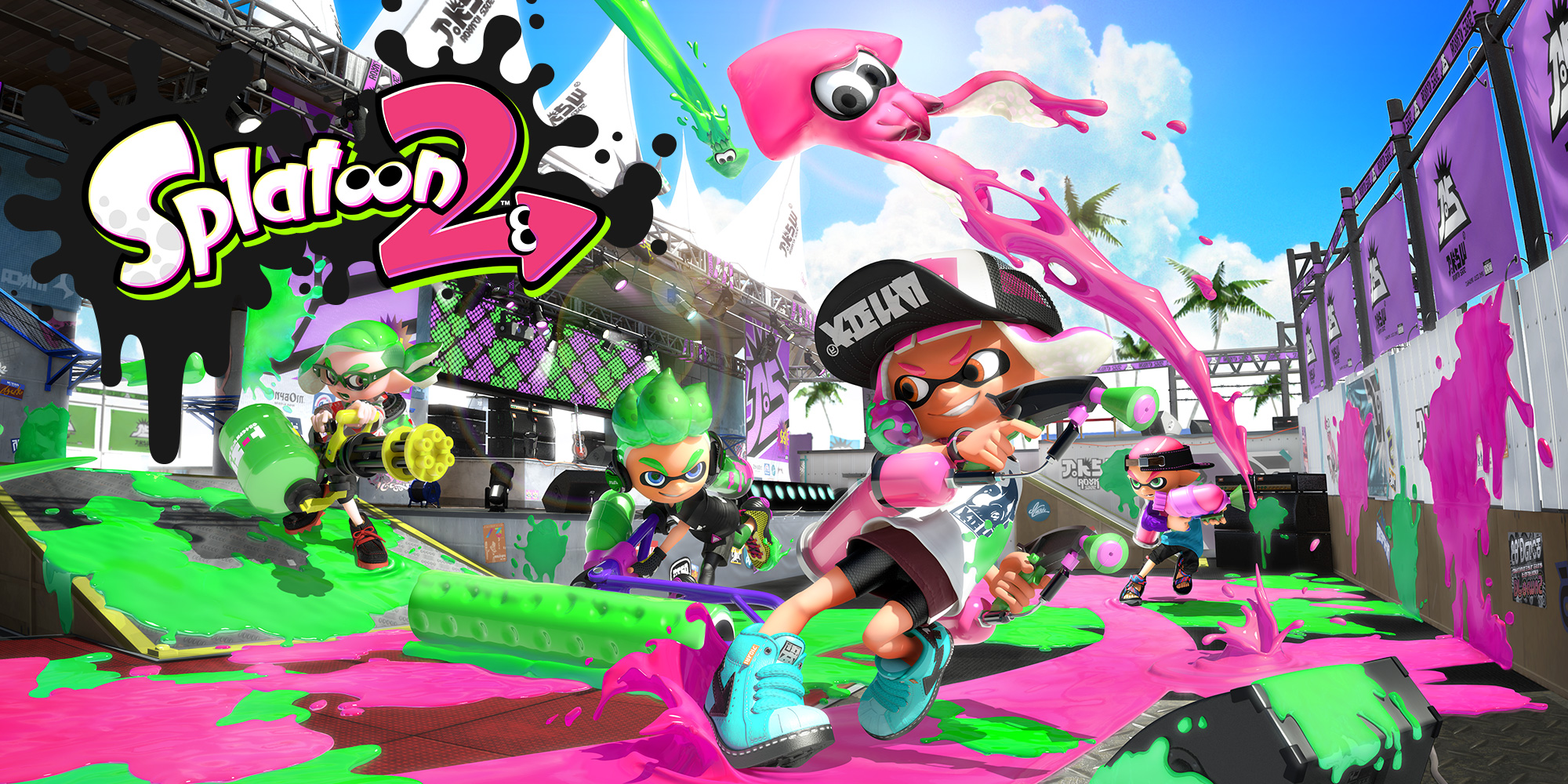
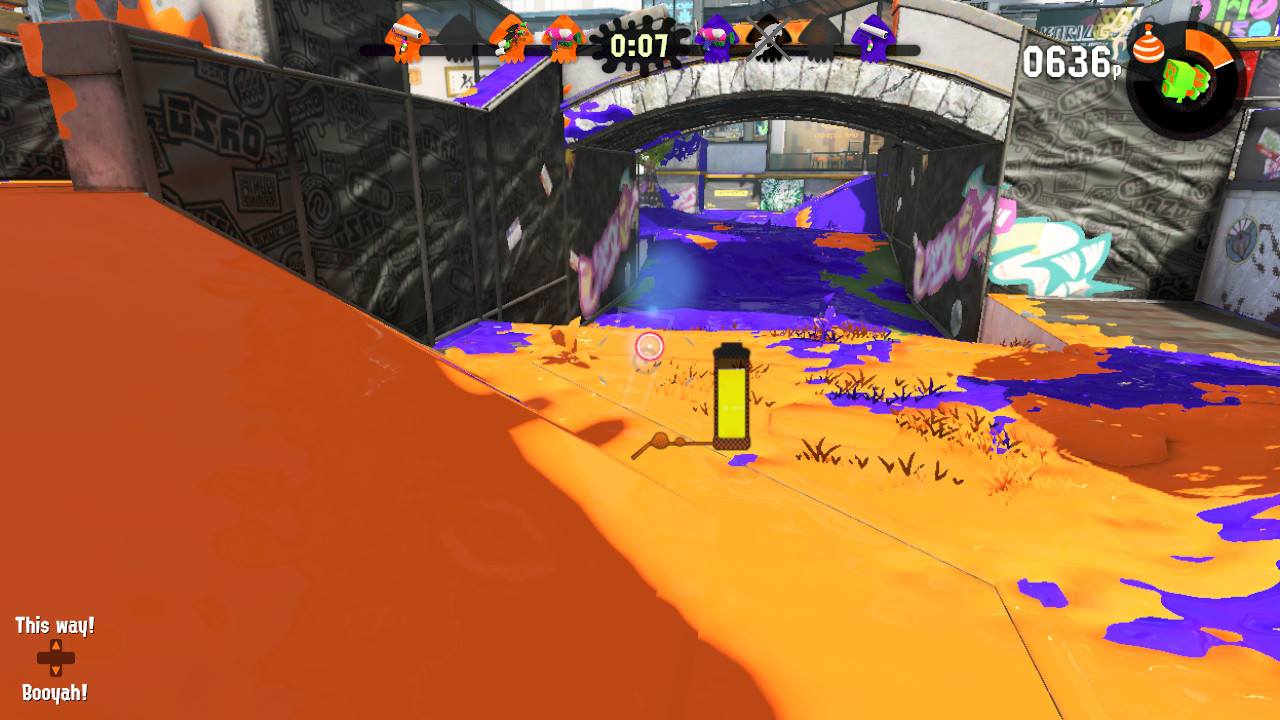
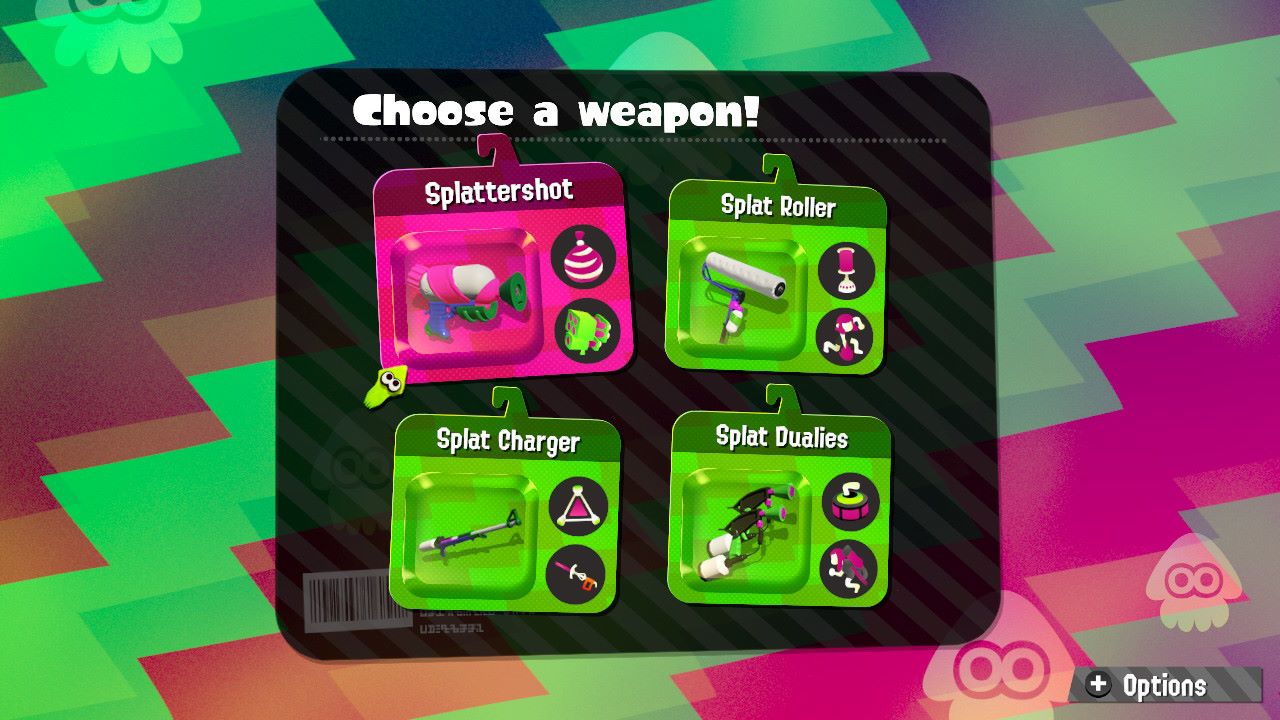
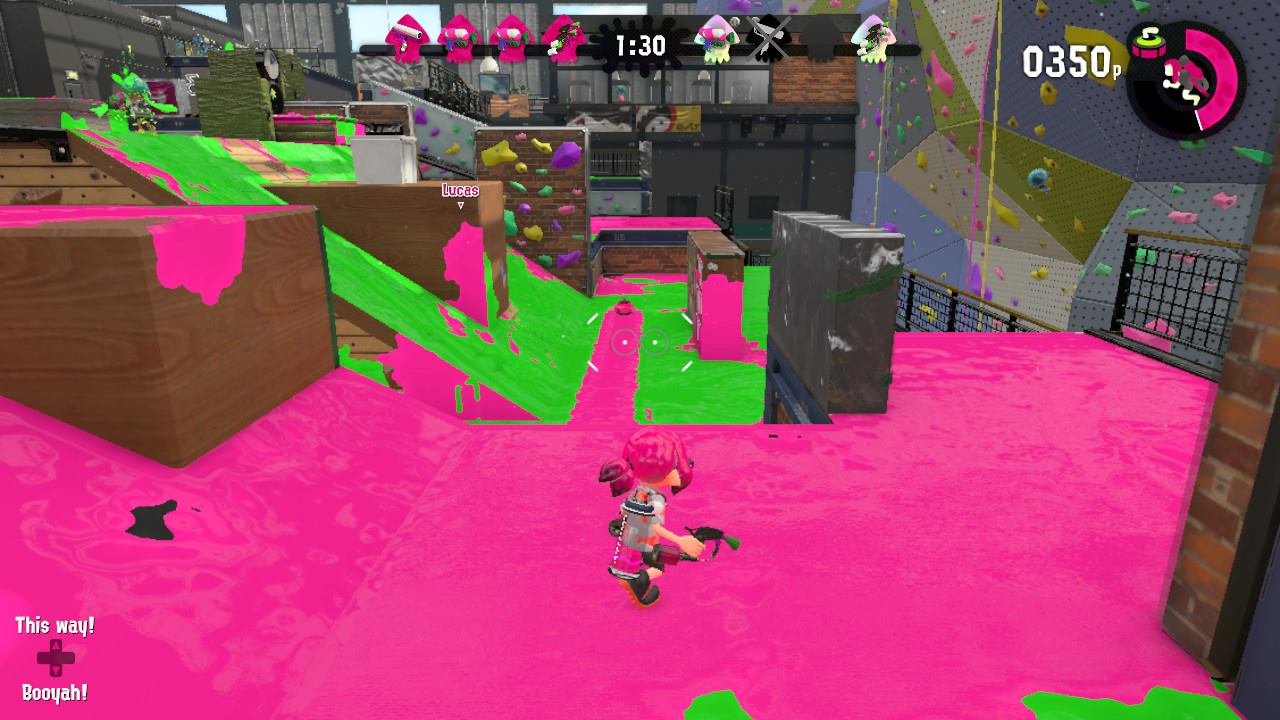
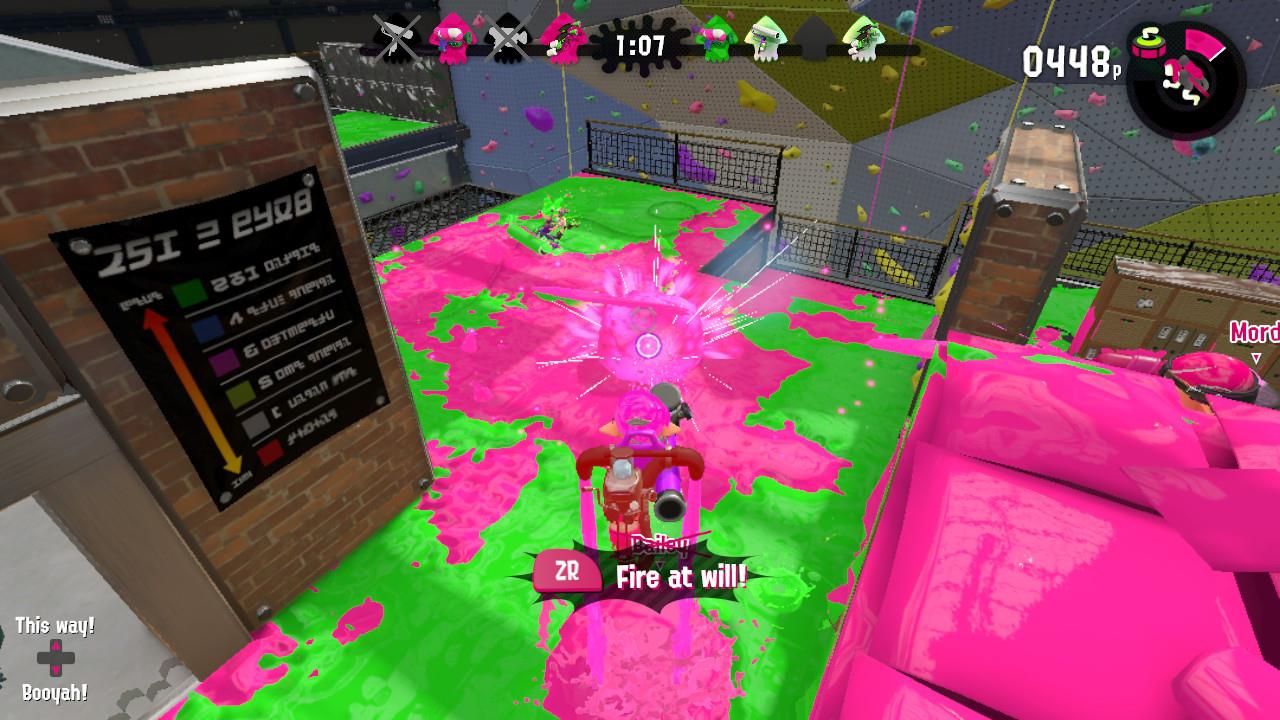
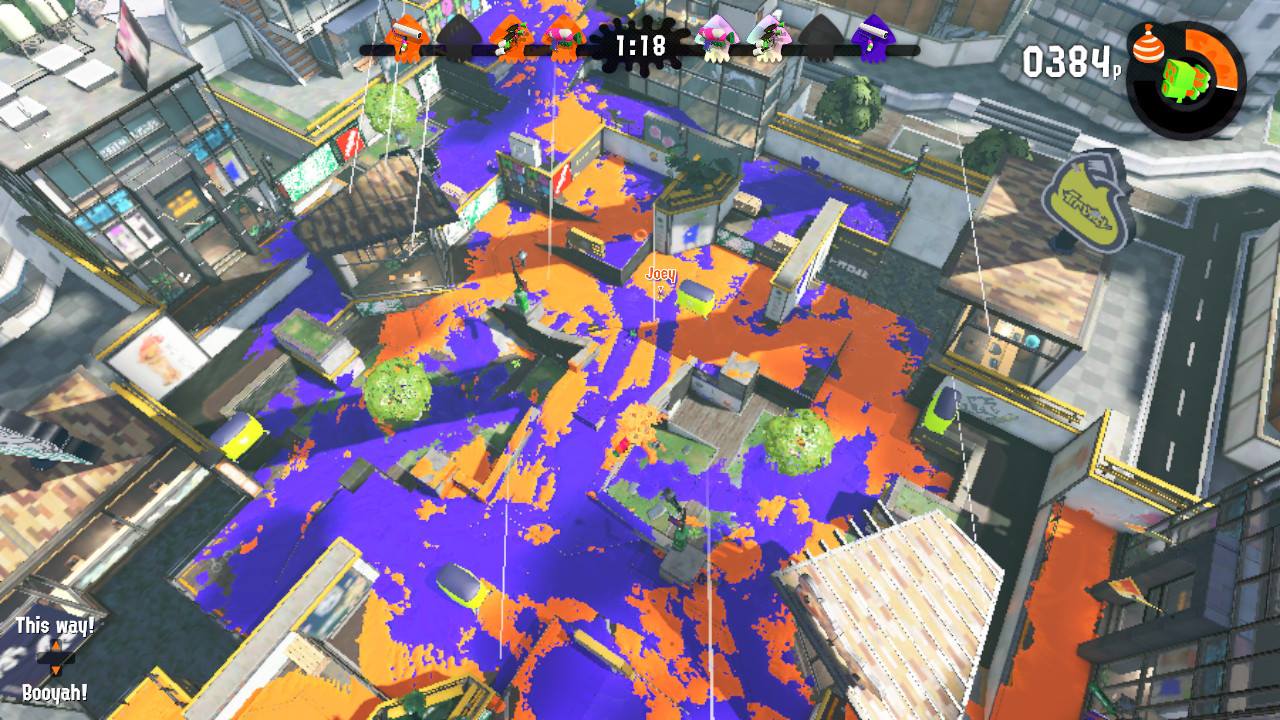
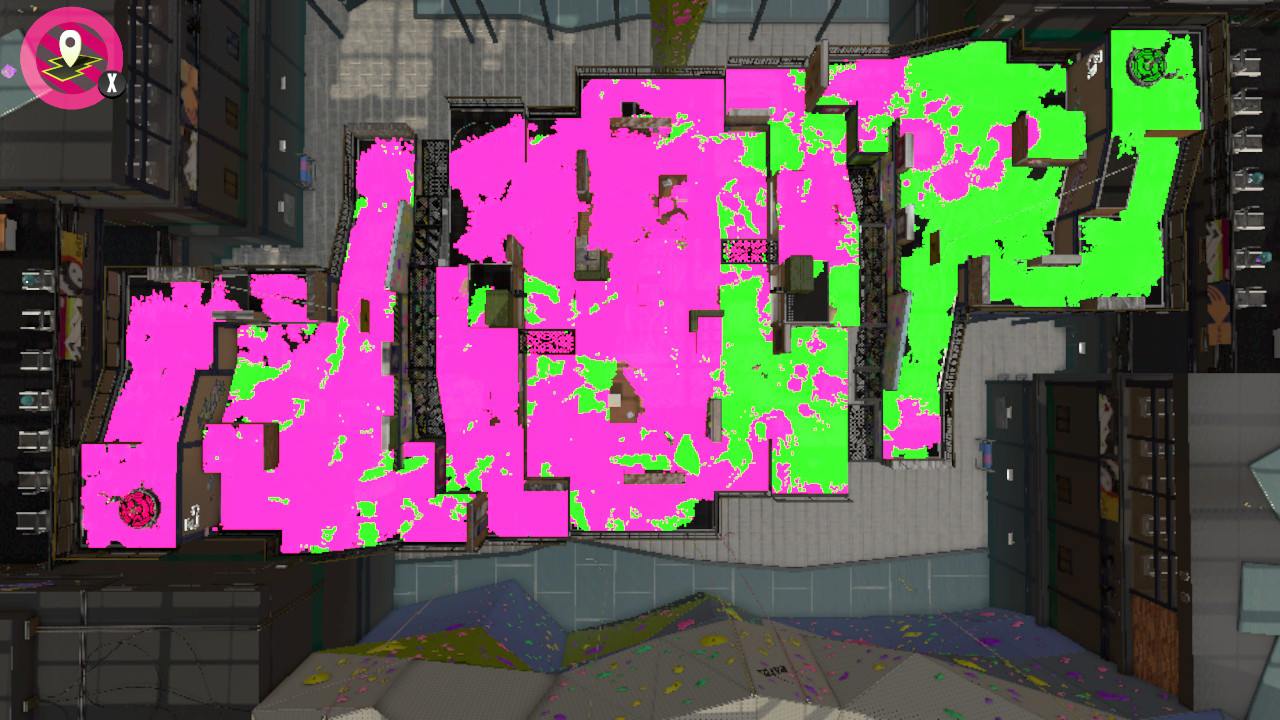





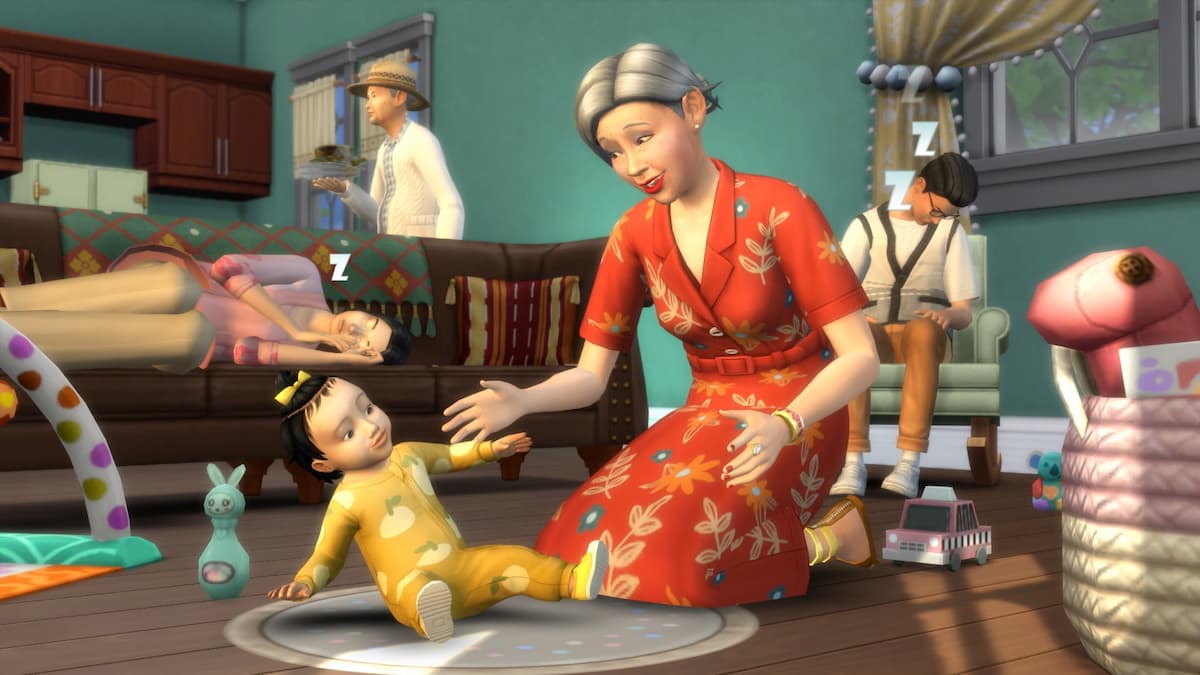
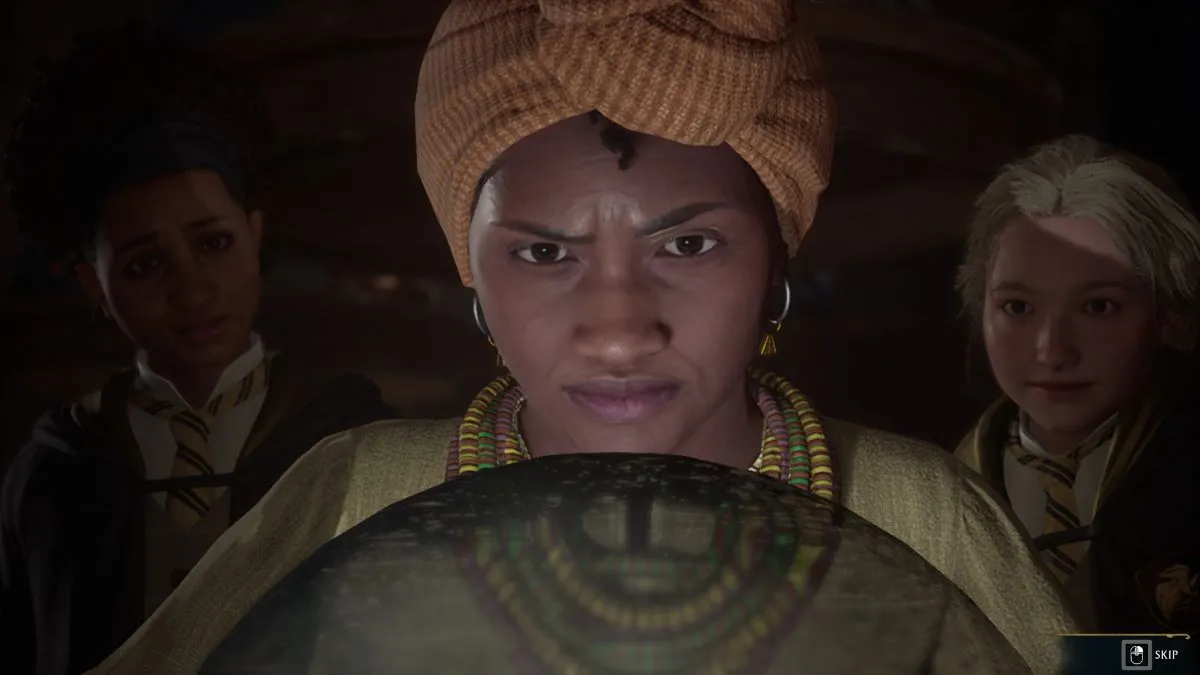
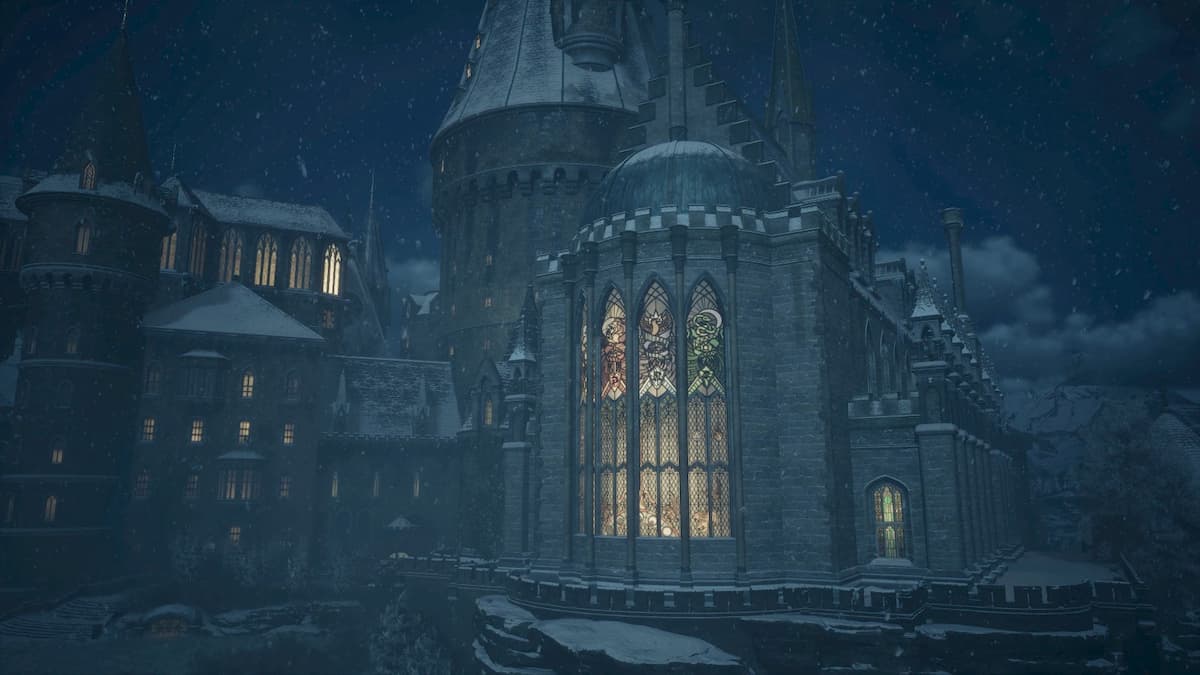
Published: Mar 25, 2017 06:26 pm